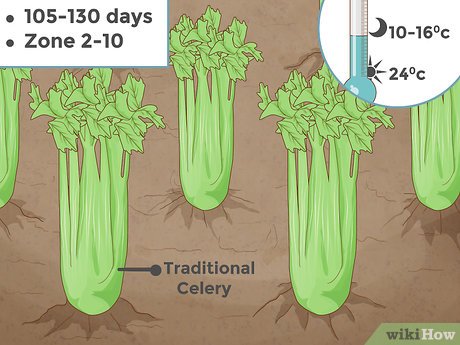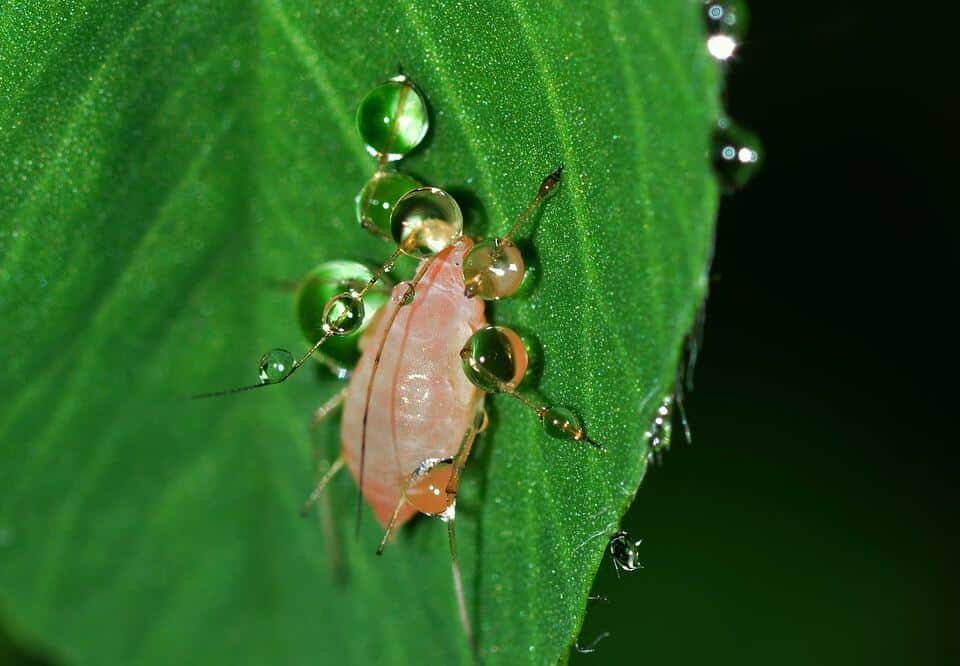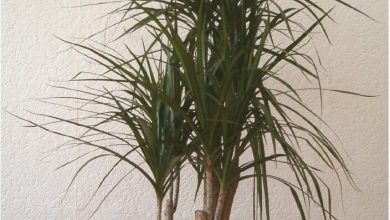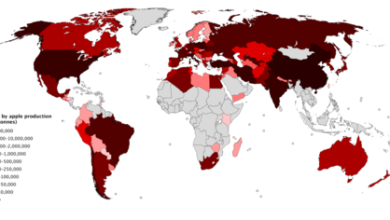Planting Celery: Cultivation, Harvest, Irrigation [16 Steps + Images]

Are you interested in learning how to grow a crop that:
- Be tremendously nutritious and healthy.
- Is it easy to grow in your urban or home garden?
I imagine so. That’s the celery.
Celery has infinity of benefits for health and… also, it is not very demanding regarding the type of soil, nor the amount of light.
So it is a vegetable that we are interested in having in our garden. Let’s see how it grows
Important points to Plant Celery:
- When? See here.
- Where? It adapts well to a lot of light and partial shade.
- Harvest time? The stems reach 20 cm in height and the petioles develop sufficient sponginess.
- How do we prepare the land? Ideal well drained and stirred (motor hoe).
- How do we pay? The pH of between 6.0 and 7.0. Celery is not too fussy about soils.
 How do we water? Ideal for spray or drip.
How do we water? Ideal for spray or drip.- How often do we water? Twice a week minimum. In case of intense heat we increase the frequency.
- How to grow celery? See here.
- How do we harvest? Harvesting is normally done manually with the help of a metal spatula with sharp edges.
- Good associations? Beans , cabbage, broccoli, cabbage, onions, spinach,and tomatoes. Chives and garlic, these deter aphids.
- Bad associations? Dill and corn.
- Plagues and diseases? Gray worm, celery fly, aphids, mildew, septoria.
Celery is a widely consumed crop in the world.
It is a root vegetable such as turnip or carrot.
It is very healthy, due to itsgreat nutritional and medicinal properties, from promoting weight loss to preventing heartburn.
It is a relatively simple temperate climate crop.
If you are interested in planting celery in your garden, pay attention to the following article. Here we explain the easiest way to do it.
What do we need to plant celery?
When should it be sown?
It can be sown during two seasons, determined by the productive cycles:
in winter, from the beginning of July to the end of August, making the transplants from August to October in spring, sowing seedbeds during the first days of November and transplanting during January and February.
Where do we grow celery?
It is a temperate climate crop, but it adapts very well to different levels of light.
Thus, it can growfull sun to partial shade. Preferably, excessive sun exposure should be avoided. Therefore, celery does not require many hours of light.
 It is not very tolerant to low temperatures, so it is recommended to be sown in protected seedbeds indoors.
It is not very tolerant to low temperatures, so it is recommended to be sown in protected seedbeds indoors.
During the early stages of development, sudden changes in temperature should be avoided, otherwise the plant will flower faster.
Temperatures vary depending on the different phases of cultivation:
in hotbed: between 17 and 20 ºC is required for sowing and then, an average temperature of 15 ºC to avoid premature flowering. On field: during the first third of the crop, the ideal temperature is between 16 and 20 ºC. Subsequently, it adapts to lower temperatures, as long as they are not lower than 10 ºC.
Minimum temperatures of 5 ºC produce brittle celery.
How often should it be watered?
Celery must be wateredminimum twice a week. During the first third of the crop, irrigation must be abundant and constant to guarantee uniform and continuous growth.
Celery suffers from stress if there is a shortage of water in the soil and is quite demanding in terms of water quality.
If the soil suffers dryness, it leads to a coarsening of the tissues and, therefore, to a loss of quality.
It can be irrigated both by localized irrigation and by sprinkling, which is the most recommended method.
Celery is a wet soil crop, so it can withstand wet soil conditions that other crops cannot.
However, make sure that the area you have chosen is not prone to flooding.
Consider that the irrigations must allow the soil to be in a perfect state of temperature humidity.
How do we prepare the land?
 Celery is not too demanding on soils, as long as they are not excessively moist.
Celery is not too demanding on soils, as long as they are not excessively moist.
It requires deep soil so that its root system grows easily.
They grow best in slightly acidic soil with apH between 6.0 and 7.0.
It is demanding in boron, and not very tolerant to salinity, both in the soil and in the irrigation water.
Favorable and unfavorable associations of celery
They pair well with beans, collards, broccoli, cabbage, onions, spinach, and tomatoes.
If co – planted with chives and garlic, they deter aphids. Likewise, the nasturtium deters insects and aphids.
Sowing with dill and corn is not recommended
How to plant celery step by step
- Sow the seeds in a pot or seedbed. Sow your celery seeds in pots with peat moss. It is not necessary to use fertilizer, although if you think it is necessary, you can use mulch to give the seeds more nutrients.
- Place the seed at a depth of 2 to 5 centimeters and cover it with soil. You can place two seeds in the same pot, to guarantee the growth of the plant.
- Once planted, water to keep the soil moist, avoiding puddles.Keep the soil moist and place the pot in a well-lit place.
- After germination, move the seedlings to a cooler location so that the soil maintains a temperature of 15°C.
- Select the healthiest and strongest seedlings. The seeds will germinate in a few days.
- If more than one seed has germinated in each hole, keep the strongest one. To do this, do not pull the weak one, as you can damage the leaves. A simple pruning at ground level is sufficient.
- When the seedling reaches 15 cm in height and has developed between 3 and 5 leaves, it is ready for transplanting. Remember to transplant on the dates that correspond to the planting season.
- If the seedling reaches an excessive development before the date indicated for the transplant, it is necessary to practice a pruning to a height of about 10 cm to prevent the plant from presenting alterations in its subsequent development.
- Clear the ground. It removes weeds and remains of previous crops and all kinds of residues to ensure that the celery receives the proper amount of nutrients. All plants must be pulled out by the roots to prevent them from growing back.
- Prepare the ground. Moisten the ground before planting; this way you will favor the root system of the seedlings after the transplant.
- Fertilize the soil. Make sure you make a good mix of soil with manure to nourish the substrate.
- Perform the transplant. Before you do this, make sure it’s not too cold outside.
- Plant the seedlings leaving a minimum distance between one and the other of 30 centimeters.
- Carefully tap the sides of the cells so that the seedlings come out without damaging the roots.
- Protect your plant and give it good maintenance. Check your plants regularly; this to prevent them from contracting pests and other diseases. If you feel like it, you can apply a fungicide spray to counteract mold.
- Water often. Make sure that the soil is always moist, but without producing puddles. If the celery doesn’t get enough water, the stalk will be stringy and bitter.
- Add mulch to the soil to keep the soil cool and moist. This will also help prevent weeds from growing in the area.
- Fertilize once a month. Celery plants require constantly enriched soil, so it must be fertilized frequently. Add a nitrogen -rich fertilizer (plant close to legumes).
- Blanch the celery. Blanching consists of protecting the stem from the sun so that it has a lighter flavor. Blanch the celery 10 days before harvesting. To do this, cover the stem with paper or cardboard. You can use string to tie the celery stalks together to prevent them from falling over. Although blanched celery is less nutritious than unblanched celery, most people prefer the sweet taste that blanched celery provides.
How to harvest celery
 Celery can be harvested whenstems reach 20 cm in heightand the petioles develop sufficient sponginess.
Celery can be harvested whenstems reach 20 cm in heightand the petioles develop sufficient sponginess.
Once fully mature, celery can stay in the ground for up to a month.
Consider that the longer celery grows, the darker it becomes and the richer it is in antioxidants, although it also becomes more fibrous and tough.
Harvesting is normally done manually with the help of a metal spatula with sharp edges.
Be sure to harvest the stems from the outside in, as this allows the inner stems to continue to mature.
It is important to harvest during the coolest hours of the day.
To keep it in good condition, store celery in a plastic bag in the refrigerator for up to two weeks.
Common pests and diseases
Some of the most common pests and diseases that affect celery are:
gray worm
The larvae produce galleries in the leaves, damaging the plant.
For its control, the most effective ecological treatment is bacillus thuringiensis.
celery fly
They cause drying of the tissues.
To prevent them, neem extract is recommended.
aphids
To combat the aphid, potassium soap can be applied to the underside of the plants.
If the plague persists or is very abundant, we will also apply neem extract.
Mildew
This fungus develops inside the leaves, stems and fruits.To combat it, it is recommended to eliminate weeds and crop debris.
Likewise, excess humidity should be avoided, ventilating the crop.
Horsetail extract or dusted sulfur can also be applied.
septoria
Fungi that dry out the plant and cause its leaves to spoil.
Horsetail extract can be applied as an ecological fungicide.
Properties of celery
- Improves the immune system.
- Reduce the cholesterol.
- Celery oil fights insomnia and also anxiety.
- It works very well to eliminate fluid retention.
- It is a very good natural remedy for heartburn.
- Improves digestion by increasing the production of gastric juices.
- It is rich in vitamins A, C, B3, E, B5, B2 and B6.
- As well as it is rich in choline, potassium, betaine, folic acid, potassium, sodium, calcium, phosphorus, magnesium, iron, zinc, manganese, fluorine and selenium.




![Photo of Spanish Jasmine Cuttings: [Time, Eradication, Planting and Fertilizer]](https://www.complete-gardening.com/wp-content/uploads/2022/08/spanish-jasmine-cuttings-time-eradication-planting-and-fertilizer-390x220.jpg)